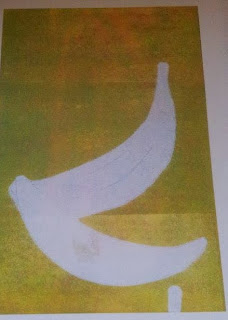TYPE JOURNAL
This is a logo designed by Hyrdo Seven Four, a graphic designer from America. He's a very talented graphic illustrator so it was interesting to see him design with type. I don't think type is his strongest, I like the flowing shapes but for a logo I think its too much. It's unreadable and for me personally doesn't make me want to work out what it says to work out what the company is. This is like an example of an illustrator attempting typography and going wrong.
His more successful illustrator work
I came across this old sign in Leeds City Library, which on it's own is an amazing to look around!
The design of the sign fits right into the look of the library, it's so old and used. It reminded me of Hogwarts. On this type, I really like the shape of the letters, they're quite peculiar. The serif have a weird curved shape on them which you don't see a lot of, it reminds me of the 70's. For a command type of sign I think the typeface is quite funky and laid back, normally it would be in capitals or at least straight lines.























































